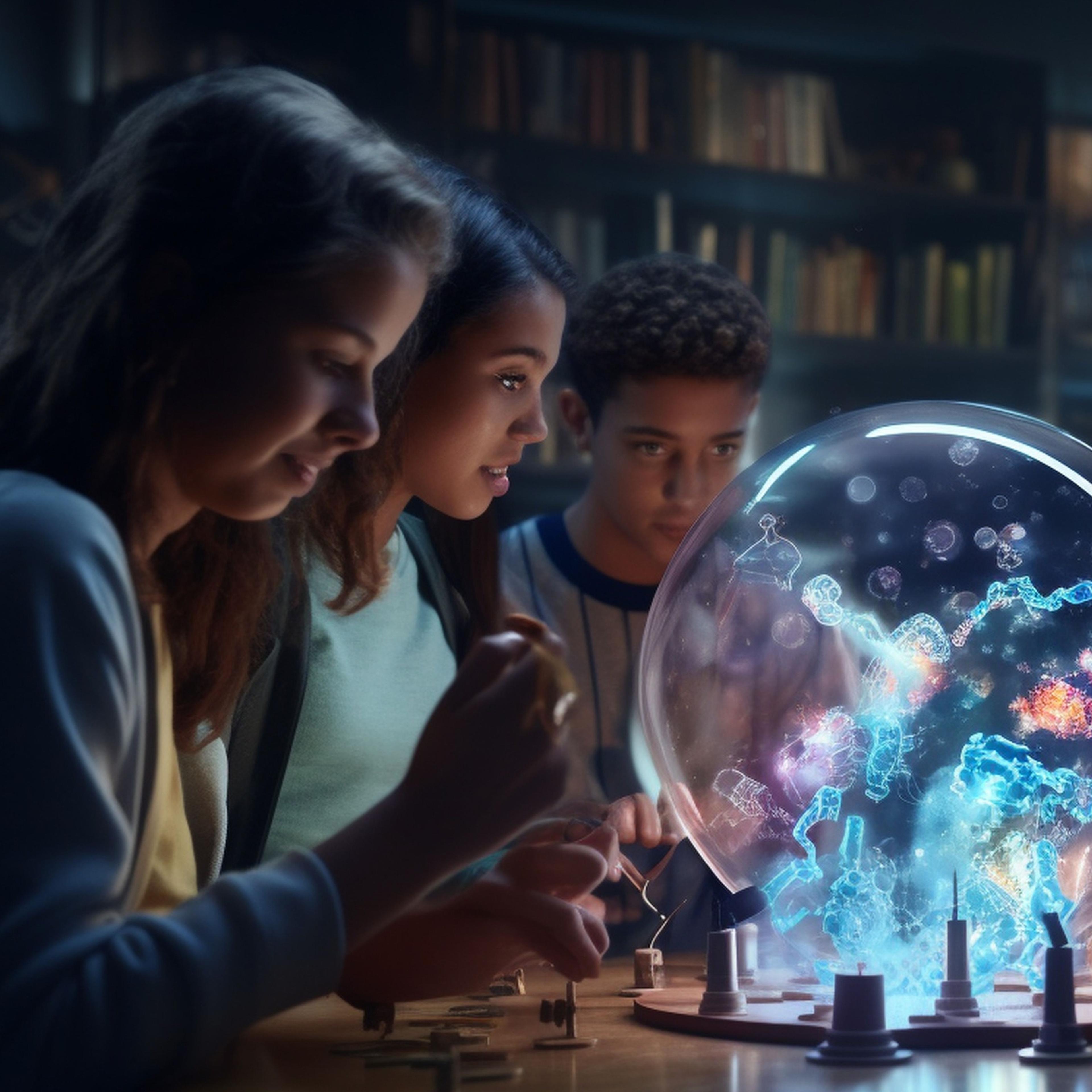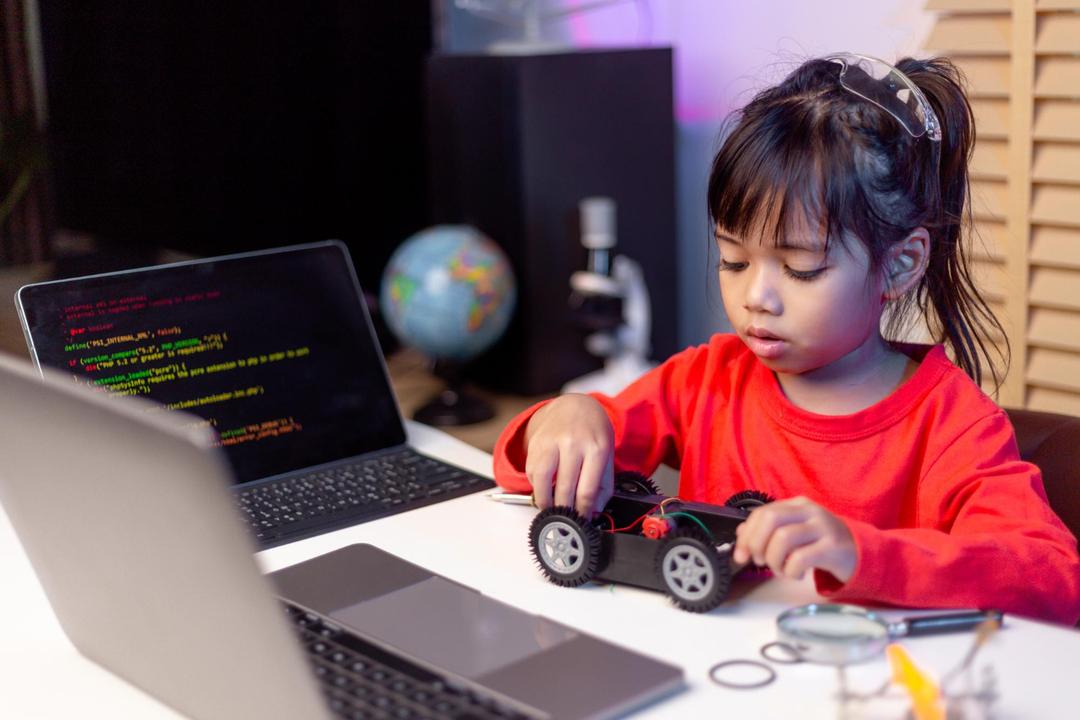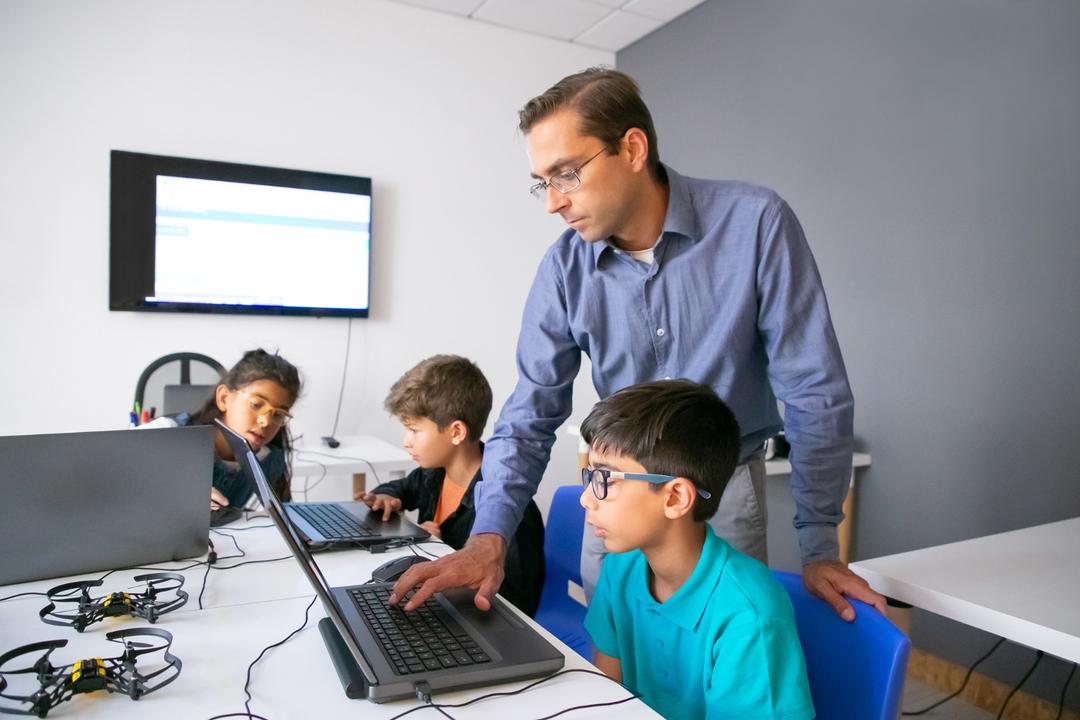Imagine a world where the Internet of Things (IoT) transforms everyday objects to become smart by connecting devices to the Internet, creating a network that gathers data and automates tasks. This can also be seen in modern education, where classrooms come alive! The Internet of Things (IoT) combines physical objects with digital networks and transforms education into an interactive, engaging, and fun experience for young children.
A game-changer in this lightning-fast digital age, the Internet of Things (IoT) is altering many facets of human existence. Education, especially for younger students, is one field where the Internet of Things is having a profound effect. The Internet of Things is changing the way children learn and engage with the world by combining physical objects with digital networks.
This article shows how the Internet of Things (IoT) is changing the face of children's education by turning ordinary toys into interactive educational resources.
Kids and the Internet of Things
The Internet of Things (IoT) means incorporating digital tools and gadgets into classroom instruction. Letting them play with various sensors and smart gadgets creates an environment where kids may learn via doing. The Internet of Things (IoT) enables dynamic and exciting activities that teach STEM subjects to kids (Science, Technology, Engineering, and Mathematics).
The Impact of the Internet of Things on the Clarification of Complex Technological Ideas
The Internet of Things (IoT) completely changes how we understand cutting-edge technology by allowing us to link commonplace items and gadgets to the Internet easily.
Thanks to this networked ecosystem's real-time data and insights, we can better understand complex high-tech concepts through data-driven analysis and automation. This improves our understanding of state-of-the-art technologies and connects theory with practical application.
Internet of Things and Machine Learning
Your students can participate in a machine learning course for beginners, where they'll develop interactive games incorporating machine learning concepts. Using machine learning algorithms, kids can engage with talking virtual agents or robots that react to kids' actions. This is gamification at its best, making learning appealing while demonstrating the underlying principles of machine learning. IoT sensors can gather data about the real world, like temperature, light levels, or motion. Children can capture such data and then use simple machine-learning algorithms to analyse the data and predict or classify the observed phenomena.
The Advantages of Using IoT in a Child’s Learning Experience
1. Holds Attention: IoT devices hold children’s attention and immerse them in learning, ensuring active engagement.
2. Better Achievement: Children achieve better when actively involved in IoT devices' individualised and interactive learning experiences. Children can more easily grasp complex abstract concepts.
3. Creativity and Innovation: IoT promotes children’s critical and creative thinking. They can devise innovative solutions to everyday challenges as they interact with smart devices and experiment with the new possibilities connected technology offers.
Conclusion
IoT in education promises to transform children’s learning and play experiences. Interactive and personalised learning experiences engendered through IoT devices improve children’s learning outcomes and keep them engaged. IoT also promotes creativity, innovation, and future-ready skills.
Associated privacy, security, and accessibility concerns must be addressed to ensure equitable and responsible use of IoT for children and their education. With an optimal balance of benefit and protection, IoT can craft the future of education and empower children to gain the necessary skills to succeed in the digital era.







